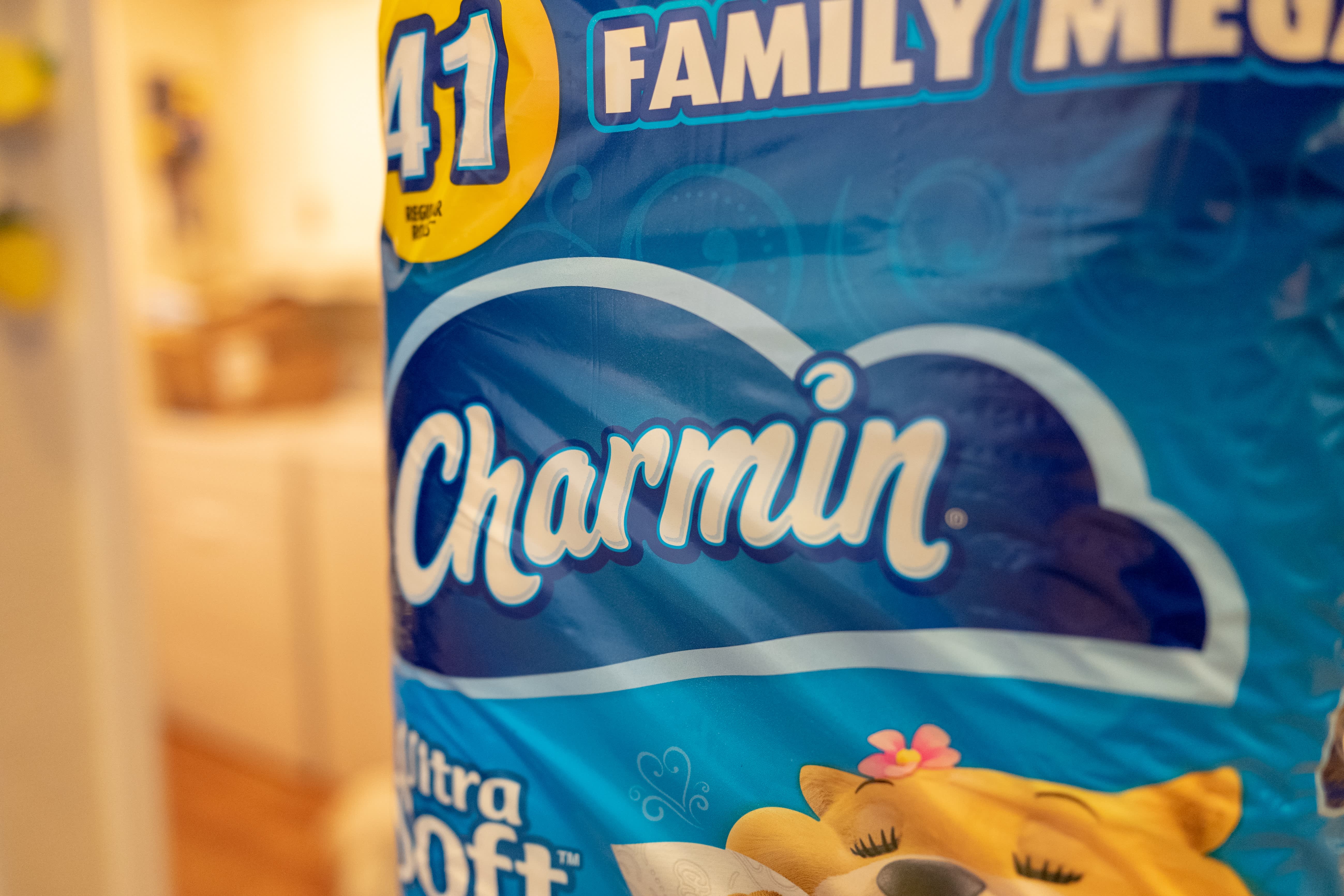
Procter & Gamble on Friday reported that its fiscal third-quarter U.S. sales surged 10% as consumers stocked up on staples like Charmin toilet paper and Bounty paper towels ahead of the coronavirus outbreak.
But the consumer products giant cut its revenue forecast for fiscal 2020, citing headwinds from foreign currency.
Shares of the company rose less than 1% in premarket trading. The stock, which has a market value of $305 billion, has fallen 1% in 2020.
Jon Moeller, who holds both the chief operating officer and chief financial officer titles, said that the coronavirus pandemic could spark permanent changes in consumer behavior when it comes to certain products.
“We will serve what will likely become a forever-altered health, hygiene and cleaning focus for consumers who use our products daily or multiple times each day,” Moeller said.
To date, there have been more than 2.1 million Covid-19 cases reported globally, with more than 671,400 in the U.S., according to Johns Hopkins University. At least 146,000 people have died. To stop the spread of the virus, public health officials have recommended frequent cleaning and handwashing as well as social distancing measures.
Here’s how Procter & Gamble did for the quarter ended March 31 versus what analysts expected based on a survey of analysts by Refinitiv:
- Earnings per share: $1.17 adjusted vs. $1.13
- Revenue: $17.21 billion vs. $17.46 billion
P&G reported fiscal third-quarter net income of $2.92 billion, or $1.12 per share, up from $2.75 million, or $1.04 per share, a year earlier. Excluding items, it earned $1.17 per share.
Net sales rose 5% to $17.21 billion. Organic revenue, which strips out the impact of foreign currency, divestitures and acquisitions, rose 6% during the quarter.
Organic sales for P&G’s fabric and home-care segment, which includes brands like Tide and Ariel, rose 10% in the quarter. Consumers are doing more weekly loads of laundry with more items of clothing being washed after being worn once, Moeller said.
Its baby, feminine and family care business, which includes Pampers, saw organic sales rise 7%, even though demand for its baby products weakened in China, its second-largest market. Retail sales disruptions in China hurt its beauty segment, with its sales of its pricey SK-II skincare line declining by double digits.
The company warned in February that its third-quarter profits and revenue would take a hit as the Covid-19 outbreak caused supply chain interruptions and weaker demand in China. Sales in China fell 8%, excluding travel retail.
P&G’s grooming business, which includes Gillette and Venus, was the only segment to report shrinking organic sales. Moeller said that people are shaving less frequently compared to before the coronavirus crisis.
The company is donating razors to hospitals and health-care workers as the Centers for Disease Control and Prevention recommends shaving beards so masks can fit tightly on the face. P&G is also producing millions of masks for its own employees and to donate worldwide.
P&G maintained its outlook for organic sales growth for the fiscal year but said revenue will be lower than expected due to the impact of foreign exchange. It now predicts fiscal 2020 sales will rise 3% to 4%, down from a prior range of 4% to 5% growth.
The company also backed its prior fiscal 2020 earnings forecast, which calls for growth of 235% to 245% on a per-share basis, due to impairment charges from the Gillette shaving business in 2019. Excluding items, adjusted earnings per share will be up 8% to 11%, P&G said.
Moeller warned that, however, that in the short- to mid-term, outcomes are unclear and will be affected by a number of factors, including foreign exchange and commodity cost volatility.
“Unemployment will impact outcomes, perhaps severely,” Moeller said.
Twenty-two million Americans have filed for unemployment insurance in the wake of the coronavirus crisis.
Even as other companies are slashing or suspending their dividends, P&G announced on Tuesday that it will raise its quarterly dividend by 6%.
P&G has already spent $7.4 billion on buying back its own shares in fiscal 2020, and may not repurchase much more due to market conditions. The company’s target for stock buybacks this fiscal year was between $7 billion to $8 billion.
The company had $15.4 billion in cash and cash equivalents on its balance sheet at the end of the quarter.
“Probably the worst thing we can do is sit on that money and not put it back into use in society,” Moeller said.
Read the full earnings report here.







